Being an Amazon seller can be a lucrative business. Amazon's used by more than 310 million people around the world and its FBA program makes it easier than ever to sell on a global scale. However, as well as having a huge consumer base, there are lots of sellers on Amazon to compete with; more than 9.7 million. This makes competition tough, particularly for new sellers and small businesses.
If you're not experiencing the growth you desire, you need to rethink your approach to selling and marketing your online business. Amazon provides an array of tools that sellers can take advantage of to further their business. But there's also a lot of other things you can do too. Things that'll help your business stand out from the noise.
Key Takeaways from this Post
Your first task associated with your Amazon business is to decide on your business model, whether that's arbitrage, wholesale, white label, or dropshipping. Consider the pros and cons of each model, as well as your realistic budget.
Setting up your business involves tasks like deciding what products to sell, and developing your business name and identity. Give these tasks careful thought and research possibilities thoroughly.
Growing your business comes with a lot of responsibilities, like getting rid of old stock, utilising PPC, and expanding into international markets. It's also useful to take advantage of automation software, such as Link My Books.







This guide is going to look at the most useful Amazon seller tips for boosting your sales and your success. Read on to learn how to grow your Amazon store and take it to new heights.
Setting Up Your Amazon Business
Your first port-of-call is setting up your business. You begin with a clear vision in mind. Here are some tips for getting set up:
Decide on Your Business Model

Here are four Amazon business models to consider for selling products online:
Arbitrage
Amazon Arbitrage is the practice of buying products at a discounted rate, such as in the sales or clearance, and then selling them on Amazon at a higher cost. You can search online stores and physical stores for bargains, and identify which products sell well on Amazon.
Pros
- Low initial investment
- Easy to get up and running
- Selling items from well-known brands for credibility
Cons
- Limited scalability
- Dependant on finding offers
- Can be time-consuming sourcing products
White Label

Selling white label products involves working with manufacturers to create products with your own branding. You can reach out to manufacturers to try and get the best deal possible. And, test out products for quality and value.
Pros
- Highly scalable
- More control over the selling price
- Strong potential ROI
- Concentrate on popular niches and products
- No competition over the buy box
Cons
- Large initial investment
- Carries a high risk
Dropshipping
Dropshipping means working with a dropshipping company, and ordering products as and when you sell them. When you make a sale, your dropshipper will post the product directly to your customer, making it easier for you to manage your Amazon store.
Pros
- Low initial investment
- No need to handle stock
Cons
- Small profit margins could render it pointless
- Miscommunication might occur regarding stock levels
Wholesale

An Amazon wholesale business involves buying large quantities of stock and selling them on Amazon in bulk to other businesses. You will effectively become the wholesaler, with businesses getting their stock from you.
Pros
- Buying in large quantities brings down your cost per product
- Move stock quickly by selling online in bulk
- Scalable model with lots of potential
Cons
- Large initial investment
- Need plenty of storage space
- Expensive shipping costs
Coming Up With Your Business Name and Identity

Your business name and brand identity are how people will recognise and relate to your business. When it comes to picking your name, you can use words that relate to your niche or the products you sell. Or, create completely new words. With time, you might also benefit from people specifically searching for your brand, meaning your brand name might become amongst the relevant keywords for your products.
Here are some tips for coming up with your brand name:
- Do a brainstorming session.
- Use a name generating tool online.
- Look at competitor names for inspiration.
- Look through a thesaurus to learn new words.
- Keep it short and memorable.
And here are some tips for creating your brand identity:
- Consider colour psychology when it comes to creating your logo.
- Articulate your brand's vision, mission, and values.
- Outline your brands' story.
- Think about your audience and how they want you to communicate with them.
- Write a compelling tagline.
- Be consistent with your branding, tone of voice, and colour scheme throughout all communication.
Choosing the Right Products

Choosing the right products is one of the core aspects that will take your store further. You need to conduct product research to ensure you're selling stuff that's in demand. You can do this using various tools and software. For example, Jungle Scout and Helium 10 are both great solutions for product research.
If you want to keep costs low, you can view Amazon's best selling products and see how many of products have been sold recently. You can also view Google Trends.
In general, you want to avoid markets that are oversaturated. Look at how many businesses are selling the same or similar products. If competition is too tough, you might find it difficult to get your business off the ground.
Furthermore, consider things like the size and weight of products because these will impact how easy and cheap it is to store and ship.
Optimising Your Product Listings

Now we're going to get stuck into how to optimise your product listings:
Writing Effective Product Titles
It's not enough to simply name what you're selling and be done with it. You need to be methodical when it comes to writing product titles that'll both entice clicks and improve your ranking in search results. Your titles always need to be accurate, but also short and concise.
You need to include relevant keywords to improve visibility. And, include your brand name and the name of the product. If you're not sure about keywords, take a look at Amazon's search bar suggestions and use a third party tool to help you hone in on the best ones.
Creating Informative Product Listings

Your next task is to create winning product listings, with both the product descriptions on your Amazon product detail page and the use of high quality images. Descriptions should highlight all the best bits about your products, including special features, how it helps customers, and anything unique or high quality about it.
Remember, customers will often not read long paragraphs of text so it's good to make your descriptions skimmable. You can do this by using bullet points, breaking text up with images, and also using tables and graphs. You can put the most important information in bold too. Another idea is to create a list of FAQs about the product at the end.
When it comes to your product images, quality is crucial. All images should be clear and crisp. And, show your products from multiple angles. You can also add text to your images highlighting different features, giving dimensions, or stating its benefits.
Setting Competitive Prices
To be successful on Amazon, your pricing needs to be competitive. This doesn't always mean the cheapest though. You could, for example, create a luxury, high quality feel about your brand to increase the perceived value of your products. This allows you to sell similar products to your competitors at a premium price.
Your first task is to do competitor research. This'll give you a good benchmark for prices. There are also Amazon FBA tools to help you with your pricing. Beyond that, you can use Amazon price automation software to automatically adjust your product prices to maximise your profits and win you the buy box. Always take into account Amazon fees, shipping costs, and COGS, so you remain within a healthy profit margin.
Managing Your Inventory and Shipping
Amazon sellers need to manage their inventory and shipping efficiently. Here's how:
Understanding Fulfillment Options
Amazon FBA is the most popular fulfilment option. Amazon takes care of storage and shipping for you, and customers get the benefits that come with Prime membership, like free shipping. However, it isn't the only fulfilment option out there. Research the different options available to you and weigh up the pros and cons of each. Tools like Amazon FBA Calculator can let you know the costs of using FBA so you can decide if it's a financially-viable option for selling on Amazon.
Managing Inventory Levels

Inventory management solutions are a must, particularly when you sell large volumes of products. Use a software, whether that's Amazon's suite of inventory management tools or a third party software, to effectively manage your stock levels.
A good inventory management software will let Amazon sellers know when they're running low on stock. They'll tell you which are your best selling products, and some can even automatically adjust stock levels within your store so that you don't advertise out-of-stock products. If you're selling across multiple sales channels, like Shopify and eBay for example, a decent solution will sync stock levels across all your online stores, reflecting real-time data across your entire eCommerce business.
Providing Excellent Customer Service

Customer service is a top consideration for any business. It can enhance customer loyalty and encourage positive customer reviews.
Here's how to enhance the customer experience by providing excellent customer service as an Amazon seller:
Customer Reviews and Feedback
Amazon nudges its customers to write reviews. When someone reviews your products, respond promptly, whether they're positive reviews or negative ones. You should also keep an eye out for customer questions, and respond quickly to those too to increase overall customer satisfaction. You might want to set up review notifications as well so you never miss one.
Negative feedback and reviews can be disheartening. However, you should use them as an opportunity to learn and grow. If customers point something out that you hadn't noticed before, you can then take the necessary steps to address the issue. Equally, positive reviews can tell you what customers collectively like about your products and brand so you know when not to change things.
Leverage FBA

One of the great things about using Amazon FBA as an Amazon seller is that Amazon handles returns and refunds. This is a major help for Amazon sellers. If you're selling on Amazon through FBA, make sure to direct customers to Amazon if they contact you in search of a refund. This will reduce your workload so you can concentrate on other aspects of your business.
Use Template Emails
You don't have to write the same email out every time. You can create email templates for different situations, and then personalise them when you send them. This will save you plenty of time responding to customer queries and frequent addressing issues that crop up.
Growing Your Amazon Business
.webp)
Let's get stuck into top tips for growing your Amazon business:
Run Amazon Ads
Amazon has a number of ad options, each varying in cost. Amazon Ads also come in different formats, such as listings in search results, videos, and audios. And with the rise of AI, Amazon Ads have become more sophisticated too.
These are the types of ads you can run on Amazon:
- Sponsored display ads
- Sponsored brand ads
- Sponsored product ads
- Sponsored TV
You can run multiple ad campaigns simultaneously if you wish. You can use either manual targeting or automatic targeting, depending on your objectives and skill level. You might consider using a third party software to automatically adjust and maximise your Amazon bids for the most success at the lowest cost.
Another thing to remember about ads is they increase the amount of customer data you have, meaning you can better understand customers and tailor your campaigns more effectively.
Get Rid of Dead Stock

Hopefully, you've done your due diligence and carried out effective product research before investing in stock. However, we know that consumers can be fickle and what was flying off the shelves one week might not be so popular the next.
Stock that's not selling could be eating into your profits by sitting there and costing you money for storage. If this is the case, you have several options for shifting it:
- Create promotional discounts for those items that aren't selling.
- Bundle products together to get rid of them quicker.
- Offer them free with other purchases.
- Have them shipped back to you and sell them cheaply elsewhere, such as car boot sales.
- As a last resort, you can ask Amazon to destroy your stock.
Expanding to International Markets
The ease at which you can expand into international markets is one of Amazon's major appeals. If you feel you've reached your peak in your own country, the logical next step is to venture further afield. Amazon FBA makes this even easier.
Research which marketplaces will be worth you breaking into, according to demand, ease of implementation, and shipping costs. You can then manage your international sales and inventory via your International Seller Central account.
Top Tip: You need to consider the tax rates of different jurisdictions. A software like Link My Books will considerably simplify this for you by accurately calculating your Amazon seller taxes according to each sale.
Use Automation Bookkeeping Tools to Boost Productivity
.webp)
There are plenty of options for adding layers of automation to your Amazon business, some of which we've spoken about in this guide. Automated bookkeeping tools is one option. These will simplify your accounting tasks, saving you time and enhancing productivity across your Amazon business and all your eCommerce businesses.
Automated bookkeeping software like Link My Books automates the process of transferring financial data to your Amazon accounting software. This means you don't need to manually record transactions in your Xero or QuickBooks account. Link My Books breaks down and categorises this data too, into categories like sales, refunds, shipping, and fees.
Use Analytical Tools
One of the ways that businesses achieve success is by using analytics to continuously strive for better. Analytical tools like Jungle Scout, Helium 10, and Amazon's own analytics, give you unique insights into customers, their behaviours, and their preferences. Analytics can tell you who your customers are, when they're most likely to buy, and the products that are most likely to sell.
Use analytical tools to identify trends and patterns, in both your business's performance and competitors'. Learn, for example, what keywords drive the most sales. Such tools can also help identify up and coming trends for you to get involved in.
Link My Books has some powerful analytical tools too. Benchmarking will tell you precisely where your business stands in relation to industry averages. And Profit & Loss by Channel allows you to compare performance across multiple eCommerce platforms.
Branch Out into Different Platforms

A lot of online businesses operate across a number of eCommerce platforms. This allows you to meet customers where they are, on their preferred channel. You might choose 3 or 4 channels, like Amazon, eBay, and Etsy, and use different software to connect them together (such as inventory and supply chain management or CRMs). This makes it easier and more efficient to manage your business as a whole.
Branching out into different channels also enables you to build an email list for email marketing campaigns. Email marketing can be an incredibly effective strategy for encouraging conversions. You can email customers about new product launches and industry news.
Side Note: Be sure to read up on Amazon's policies before cross promoting your Amazon business or products. For example, you're not allowed to lead people away from Amazon and onto your own website.
Build a Presence Online
As an Amazon seller, it can be easy to think you have to stay on Amazon when you're promoting your business. But the truth is you need to build an online presence to reach as many relevant potential buyers as possible. Being on social media and blogging also helps you create a community around your brand.
If you've got multiple platforms through which you sell, your social media platforms can act as a central place for customers to connect with you, and learn more about you and what you have to offer. You also have more freedom when it comes to the topics you can discuss and where you want to direct customers to.
What Not to do on Amazon: Tips for Avoiding Failure

Link My Books has worked with thousands of Amazon businesses since our launch in 2018 and these are the most common Amazon mistakes we encounter:
- Having multiple seller accounts: Amazon doesn't allow you to have multiple seller accounts. Trying to do this is a violation of their policies which could lead to an account suspension or closure.
- Trying to compete with Amazon: You wont win. Not ever. you'll just waste time and money if you try. You need to think of yourself as a separate entity and concentrate on your business.
- Not changing prices: Top businesses selling on Amazon are always adjusting their prices to reflect changes in the market. Use a tool to automatically adjust your prices in-line with competitors'.
- Setting shipping prices too high: High shipping is really off-putting for customers. While we understand that you don't want to be forking out for shipping yourself, high costs will deter potential customers.
- Doing product launches wrong: Product launches need to be carefully handled. You should have a combination of sponsored ads, social media posts, and special offers for customers.
- Too few products: Generally speaking, the more products you have the more chance you'll have at successfully selling on Amazon. You need to be adding new products all the time.
- Undercutting competitors: Always undercutting competitors can lead to price wars. Use competitor pricing as a guide but avoid getting obsessive about it.
Follow These Amazon Seller Tips for Success
Amazon does a decent job at making selling on Amazon as straightforward as possible. However, this has led to millions of people around the world embracing the opportunity of selling on Amazon. While this can be construed as a positive thing, it also makes it more challenging for businesses just getting started on the Amazon platform.
Follow the tips in this guide. Create winning product listings with persuasive product descriptions and high quality images. Leverage Amazon FBA for managing your inventory and, to an extent, customer service. You can also leverage software for automated pricing, bidding on relevant keywords, and market research. And of course, automatically calculating your taxes and doing your bookkeeping.
If you want to free up your time, simplify your bookkeeping (especially when selling internationally), and take advantage of powerful analytics, Link My Books is the answer. Sign up for your free trial today.












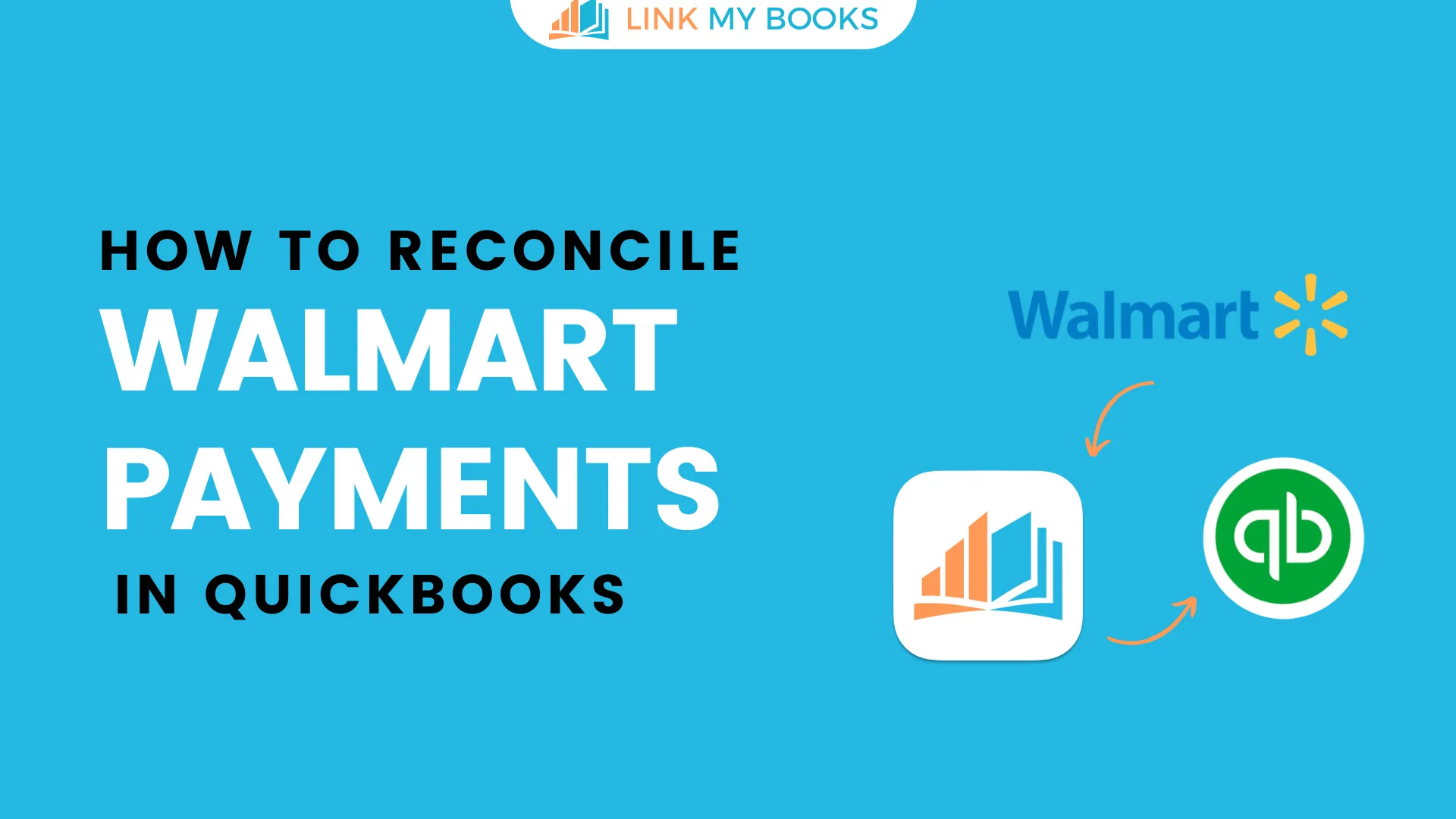
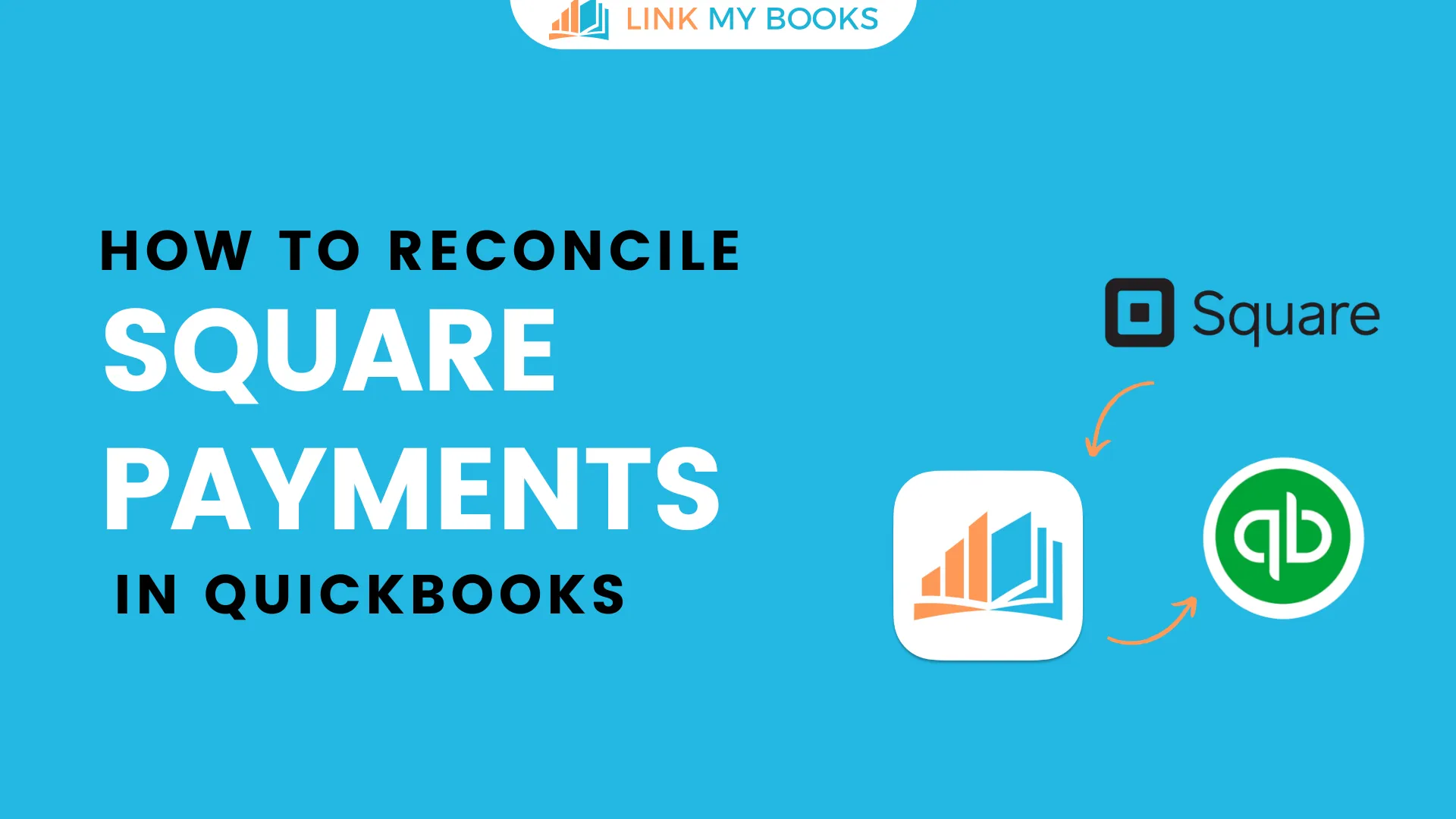
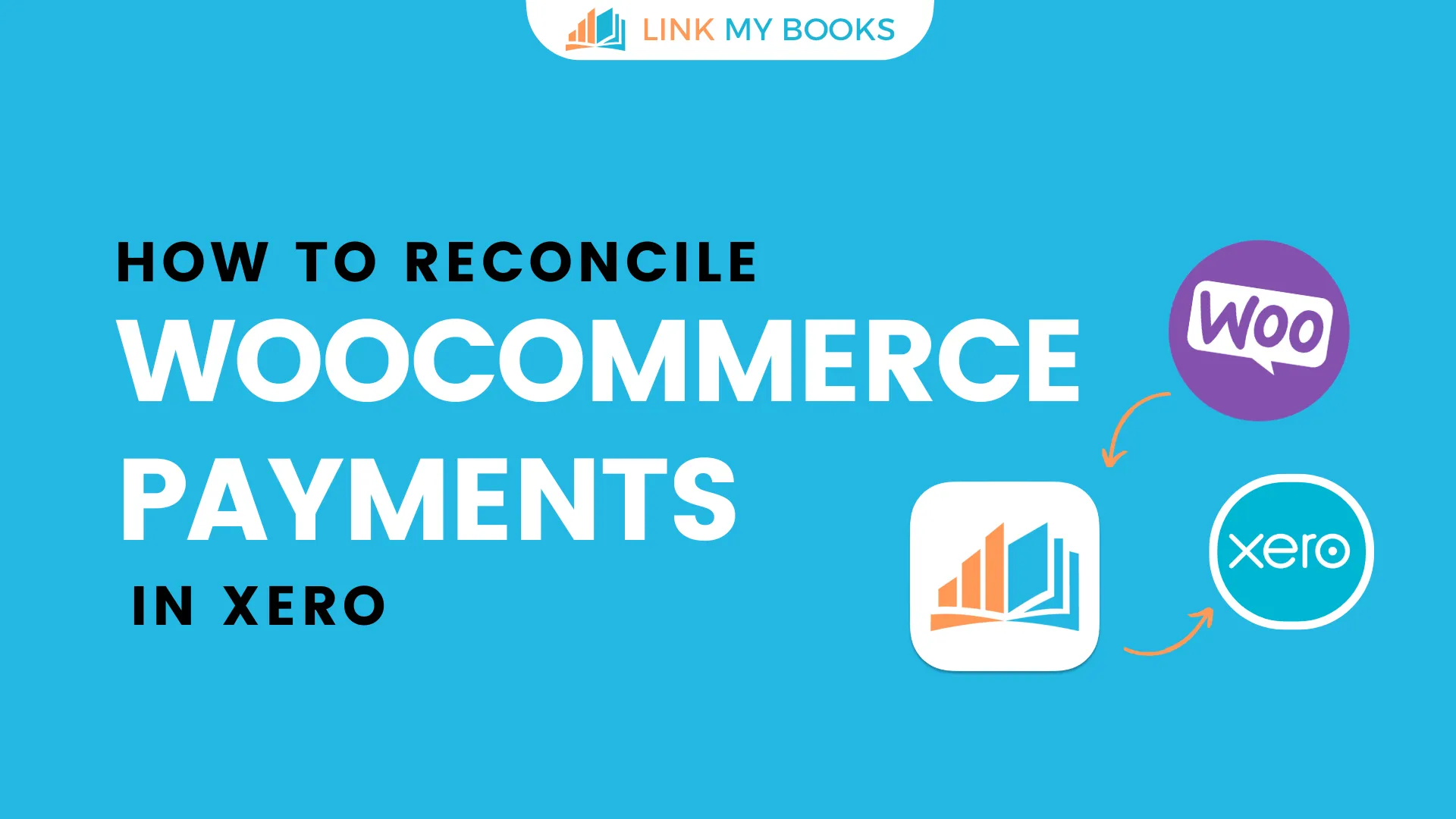
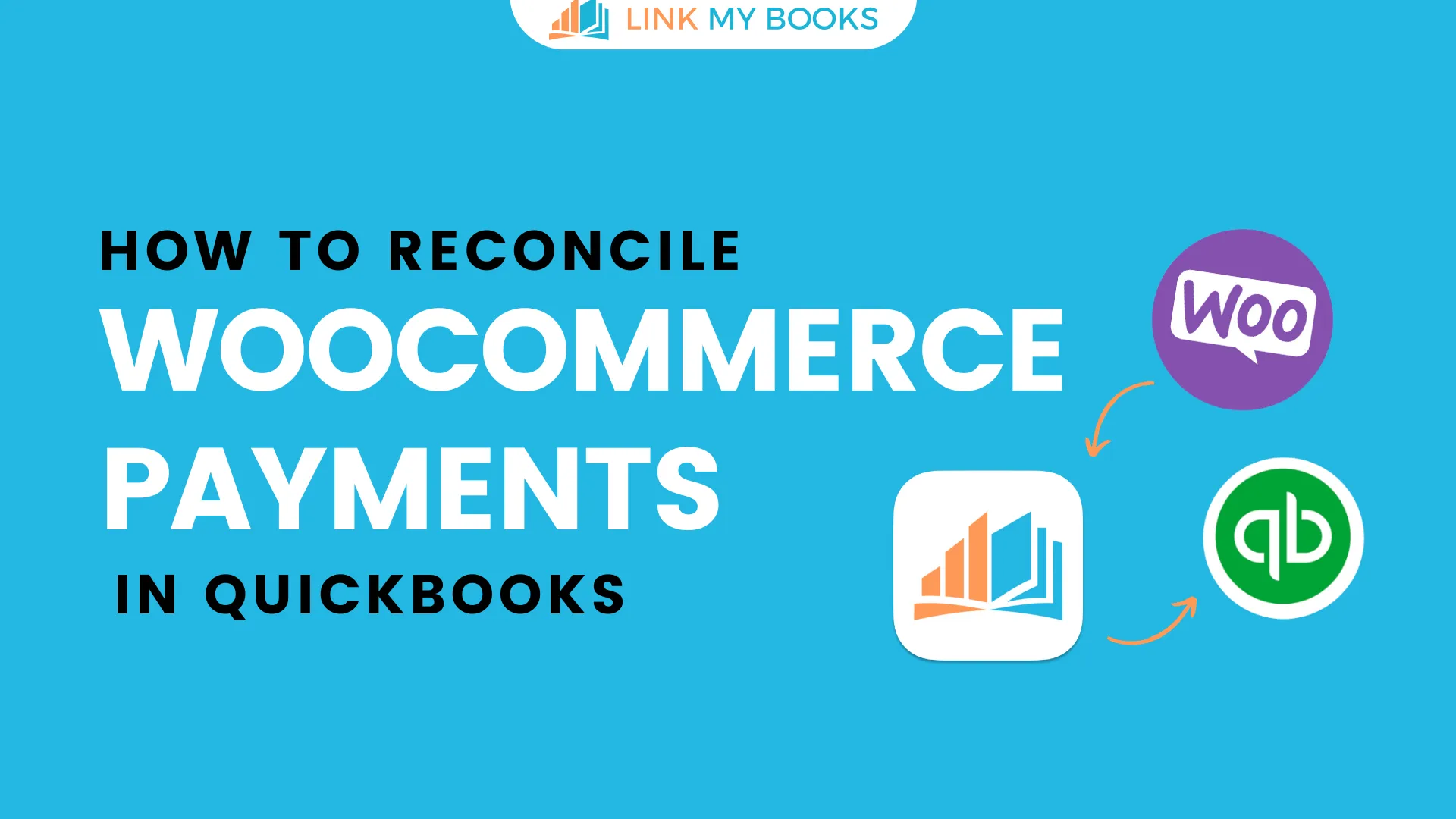
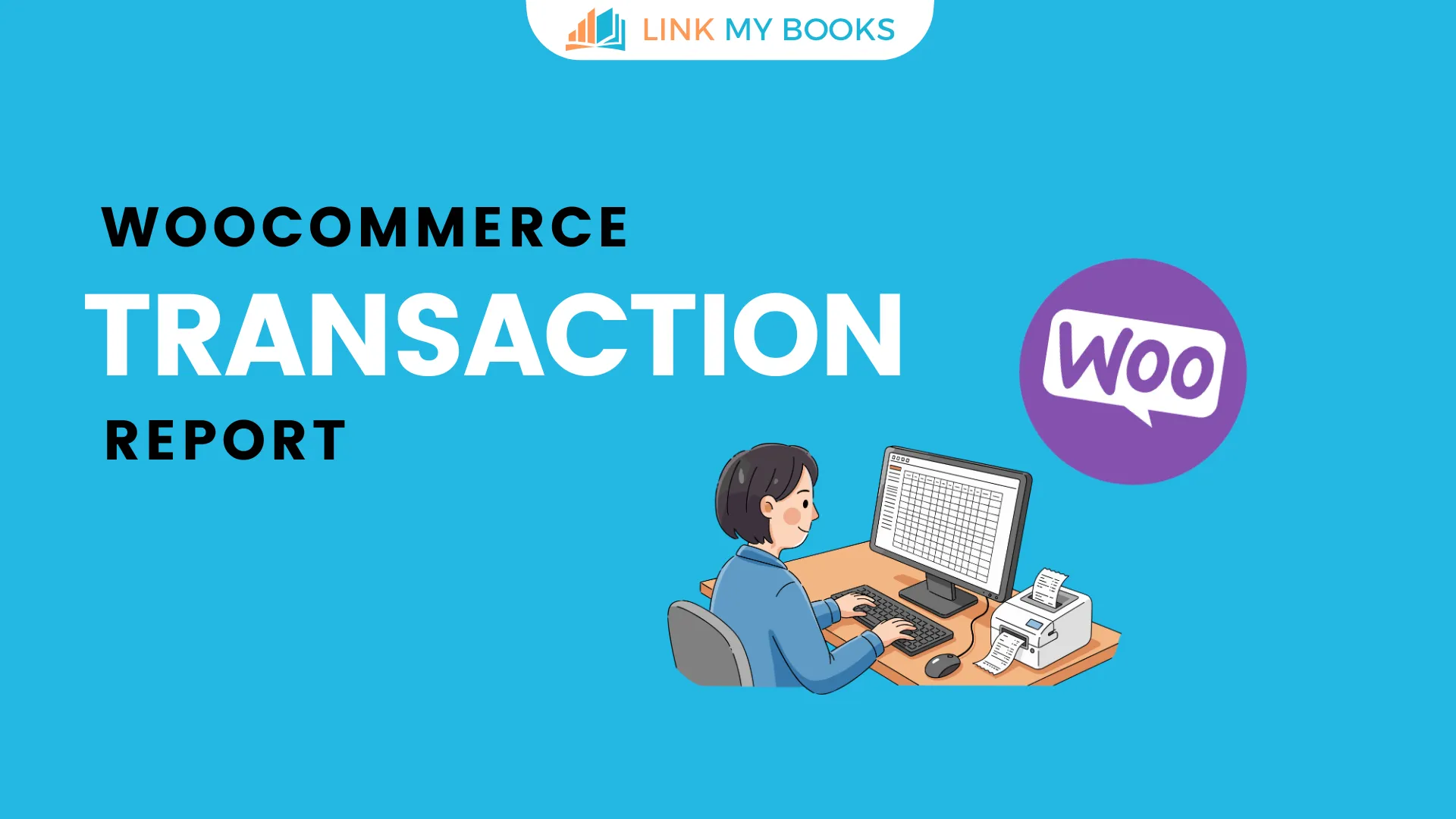


.png)